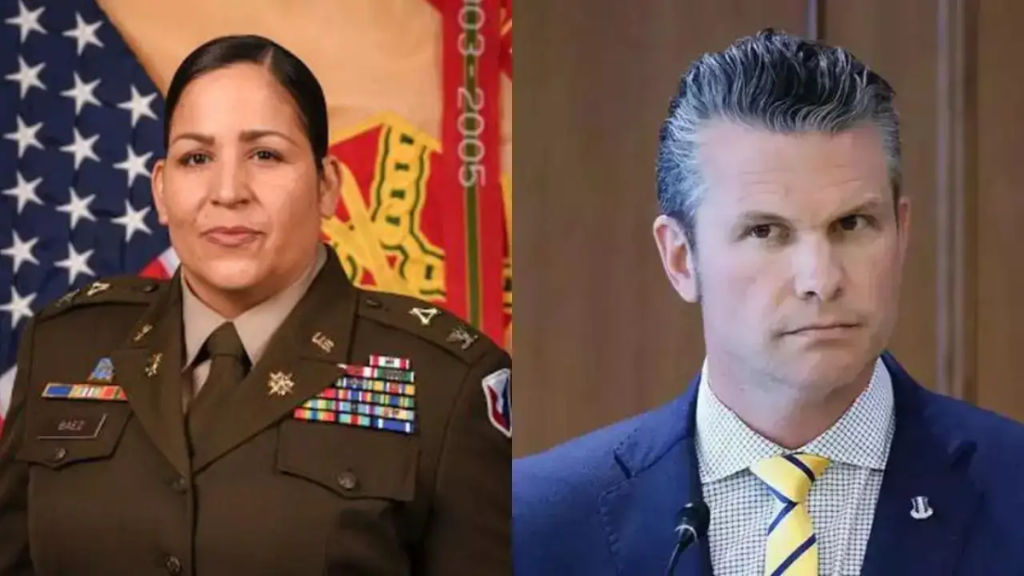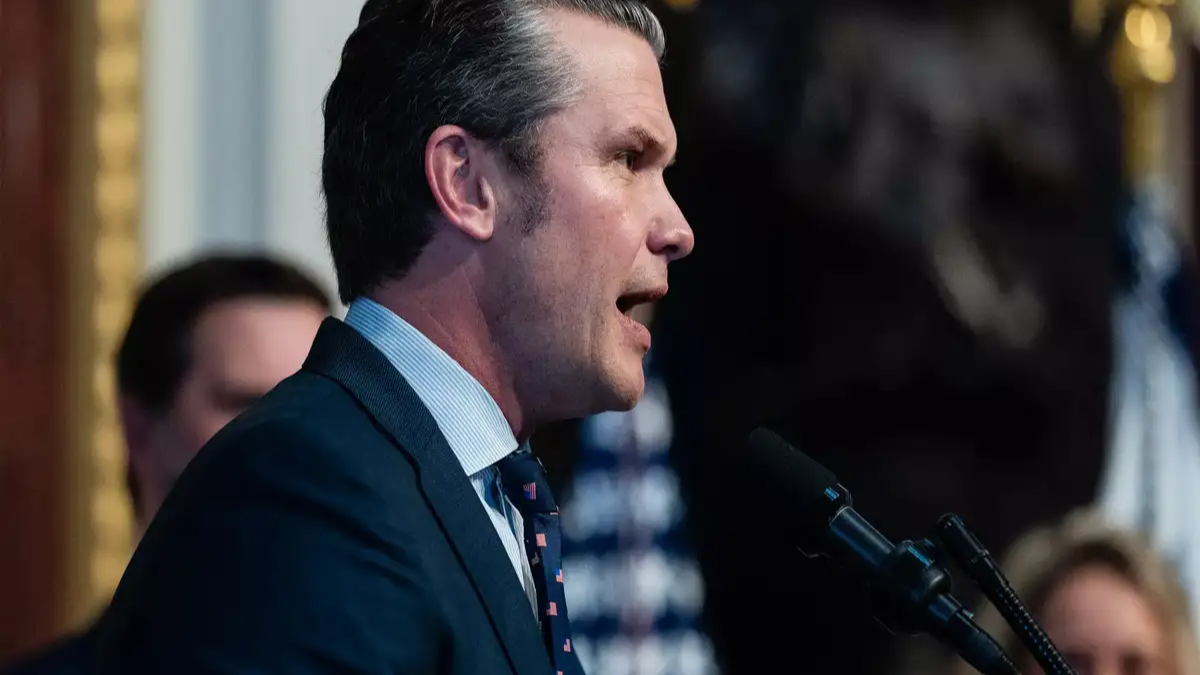An Army commander has been suspended after reportedly refusing to display a photograph of former President Donald Trump in his office. The decision, which has since gained national attention, is raising questions about political neutrality in the U.S. military and the limits of personal expression for service members.
The officer, whose name is being withheld pending investigation, allegedly declined to follow what he claimed was a “non-mandated and politically motivated directive.” The incident has ignited fierce debate across political and military circles, with some viewing the refusal as an act of principle and others calling it insubordination.
Military Regulations vs. Political Influence
Under Department of Defense guidelines, military personnel are expected to remain apolitical while on duty. Commanders are generally required to display official portraits of the sitting president and other top government officials in designated locations such as command offices and briefing rooms.
According to the U.S. Army Regulations, military offices must adhere to established decorum that includes the presentation of certain official images. However, critics argue that enforcing the display of photos of former presidents—particularly those not currently in office—may cross a line into political expression.
“The rules are clear when it comes to the current chain of command,” said retired Army Colonel David Martin. “Displaying a photo of a former president, especially one as polarizing as Trump, can be seen as taking a political stance, which military leadership is supposed to avoid.”
Fallout and Suspension
The commander was reportedly confronted by senior leadership after multiple complaints were filed about the lack of a Trump photo in the command center. Despite being told it was expected practice, he refused to comply, citing personal ethics and a desire to maintain political neutrality within his command.
Shortly after, the officer was placed on administrative leave pending an internal review. The Army has not released an official statement but confirmed that an investigation is underway.
Public reaction has been swift and divided. Supporters of the commander claim he is being punished for upholding military ethics and refusing to cave to political pressure. Detractors, however, argue that military discipline requires adherence to all directives, regardless of personal views.
Trump’s Influence in the Ranks
Former President Donald Trump has maintained a complex and sometimes controversial relationship with the U.S. military. During his presidency, he received both praise and criticism for his handling of military matters. While some troops and veterans remain loyal to him, others felt uncomfortable with his rhetoric and actions, particularly during moments of civil unrest.
The MAGA movement’s reach has reportedly extended into military culture, with some officials voicing concern about political polarization within the ranks. A 2022 survey by Military Times found a growing split among service members along political lines—an issue the Pentagon has been trying to address through education and leadership reforms.
“Military cohesion is built on unity and mission focus,” said defense policy analyst Dr. Rachel Bennett. “When politics bleed into the chain of command, it threatens the very structure that makes the armed forces effective.”

Legal and Ethical Implications
Legal experts say the case could become a touchstone for how military rules are interpreted in an increasingly polarized political climate. While service members agree to follow lawful orders, the definition of what constitutes a “lawful” or “mandatory” directive regarding political figures could become a gray area.
Military law does not require the display of photos of former presidents unless explicitly ordered. If the commander’s refusal was based on a lack of clear policy, it could present a defense against charges of insubordination.
Furthermore, the Uniform Code of Military Justice (UCMJ) protects service members from unlawful command influence and political coercion. If it’s determined that the directive to display Trump’s photo was politically motivated rather than procedurally necessary, the investigation could turn in favor of the suspended officer.
Broader Repercussions and What’s Next
This case could set a precedent for how the military handles politically sensitive issues going forward. Already, members of Congress from both parties are calling for transparency in the review process, urging the Pentagon to clarify its stance on political imagery in military spaces.
The suspended commander remains on administrative leave while the investigation unfolds. His legal team has not released a formal statement but is reportedly preparing to challenge the suspension based on constitutional grounds.
For further information on military leadership ethics and regulations, visit the U.S. Department of Defense.
Conclusion: A Defining Moment for Military Neutrality
The suspension of an Army commander over a Trump photo has opened a critical conversation about the role of political imagery and individual conscience in military leadership. As the country continues to grapple with division and partisanship, institutions like the U.S. military find themselves at the crossroads of tradition, regulation, and a rapidly evolving political landscape.
Whether this incident will lead to reform or further division remains to be seen, but it’s clear that the debate over political influence in the armed forces is far from over.
Disclaimer – Our team has carefully fact-checked this article to make sure it’s accurate and free from any misinformation. We’re dedicated to keeping our content honest and reliable for our readers.
